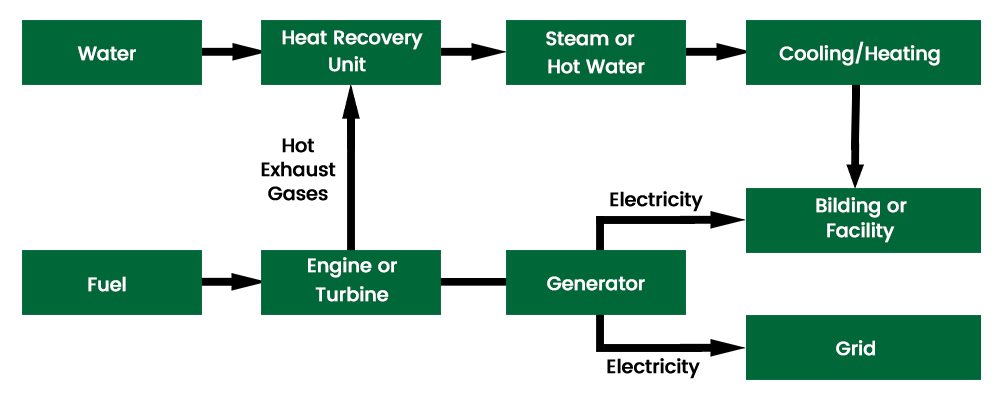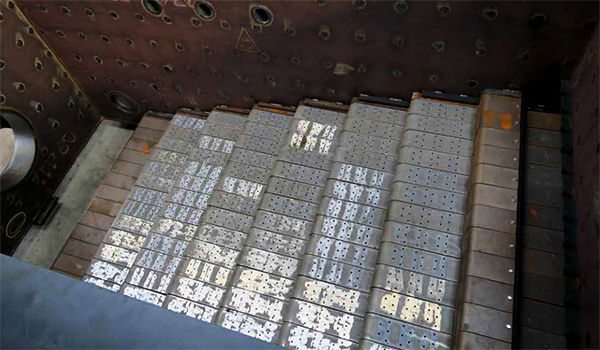Wastes Hierarchy
Hierarchy Pyramid of Waste Management
Waste hierarchy’s main aim is to protect the environment while presenting the most favorable and least favorable actions regarding energy and resource consumption. This tool helps in extracting the maximum benefits in:
- Reducing pollution;
- Reducing emissions;
- Conservation of resources;
- Energy development and conservation;
- Development of green technology;
- To create more jobs;
- Transition to circular economy (economy without waste).
The waste management hierarchy shows stages of waste management that a material or product goes through. The order of preference to manage and reduce waste is shown in the diagram below, which is customized as per the regulations in Romania and EU.

A) Reduce - Waste generation prevention. The highest priority entails to the circular economy where the source of waste is minimized and the mass and volume of waste is reduced;
B) Reuse - Preparation for reusing. The separate collection and treatment of waste by mechanical and biological methods;
C) Recycle. Reprocessing products and materials so that they can be used as a secondary source of raw materials;
D) Energy from waste. Recovery of energy from waste to be used as an "alternative energy", reducing the consumption of energy generated by fossil fuels (coal, gas, oil and nuclear).
E) Disposal. Repository, deposit the wastes in landfills of the fractions remained after the application of the preliminary technologies of separate collection, sorting and extraction from the municipal wastes of the materials, which can be reused / recycled / recovered.
In Romania this hierarchy pyramid is indicated to replace actual waste management without separate collection, without treatment of waste and based on uncontrolled and direct repository of the waste in landfills.
Classification of renewable fuels and major types of plants fueled by:
A). Renewable Solid fuels:
- MSW
- Biomass
These two types of renewable fuels are used in WtE Plants, which can be uni fuel or multi fuel construction.
B). Renewable Gas Fuels:
- Biogas
- LFG
These two types of renewable fuels are used in CHP Plants; there are two types of CHP Plants.
- Combustion turbine or reciprocating engine with heat recovery unit;
- Steam boiler with steam turbine.
I. WtE Plants - Waste to Energy Plants
Approximately 2/3rd from the total energy generated after incineration of waste is wasted in the form of heat that is discharged in the atmosphere. The remaining 1/3 is power. Moreover, some additional energy from this 1/3 portion is wasted during the distribution of electricity to the end users.
Unifuel:
- MSW - municipal solid waste, initially treated for high calorific coefficient / or not treated and directly burned;
- Biomass - Initially treated or not treated.
Multifuels WtE Plants:
Which are able to burn both types of fuels with the same equipment: MSW and Biomass.
WtE Plants have many technical solutions for design and construction.
The Main Installations included in WtE Plants are:
1. Zone of entrance of the waste depositing, minimal treatment of the waste, handling & storage systems.
2. Feeding, grates systems for transportation into the furnace.
3. Combustion system in the furnace, boiler and steam generation system.
4. Power generating system, steam turbine and generator for electricity systems.
5. Flue gas cleaning and controlling systems, exhaust gases in the atmosphere.
6. Condenser cooling water systems.
7. Solid ash evacuation systems, residues hauling & storage systems.
II. CHP - Combined Heat and Power Plants
CHP - Combined Heat and Power Plants (on-site electricity generation that captures the heat, which would otherwise be wasted to provide useful thermal energy such as steam or hot water—that can be used for space heating, cooling, domestic hot water and industrial processes).
The two most common CHP system configurations are:
1. Combustion turbine, or reciprocating engine, with heat recovery unit; these systems burn fuel (natural gas, oil, or biogas / LFG) that powers the generators to produce electricity. The heat recovery devices are then used to capture the heat from the turbine or engine. This heat is converted into useful thermal energy, usually in the form of steam or hot water.

Illustration of the diagram of CHP with combustion turbine or reciprocating engine
2. Steam boiler with steam turbine; the process begins by producing steam in a boiler. The steam powers a turbine to run a generator, which produces electricity. The steam leaving the turbine can be used to produce useful thermal energy.

Illustration of the diagram of CHP with Steam boiler with Steam Turbine
These systems can use a variety of fuels such as natural gas, oil, biomass, and coal.




